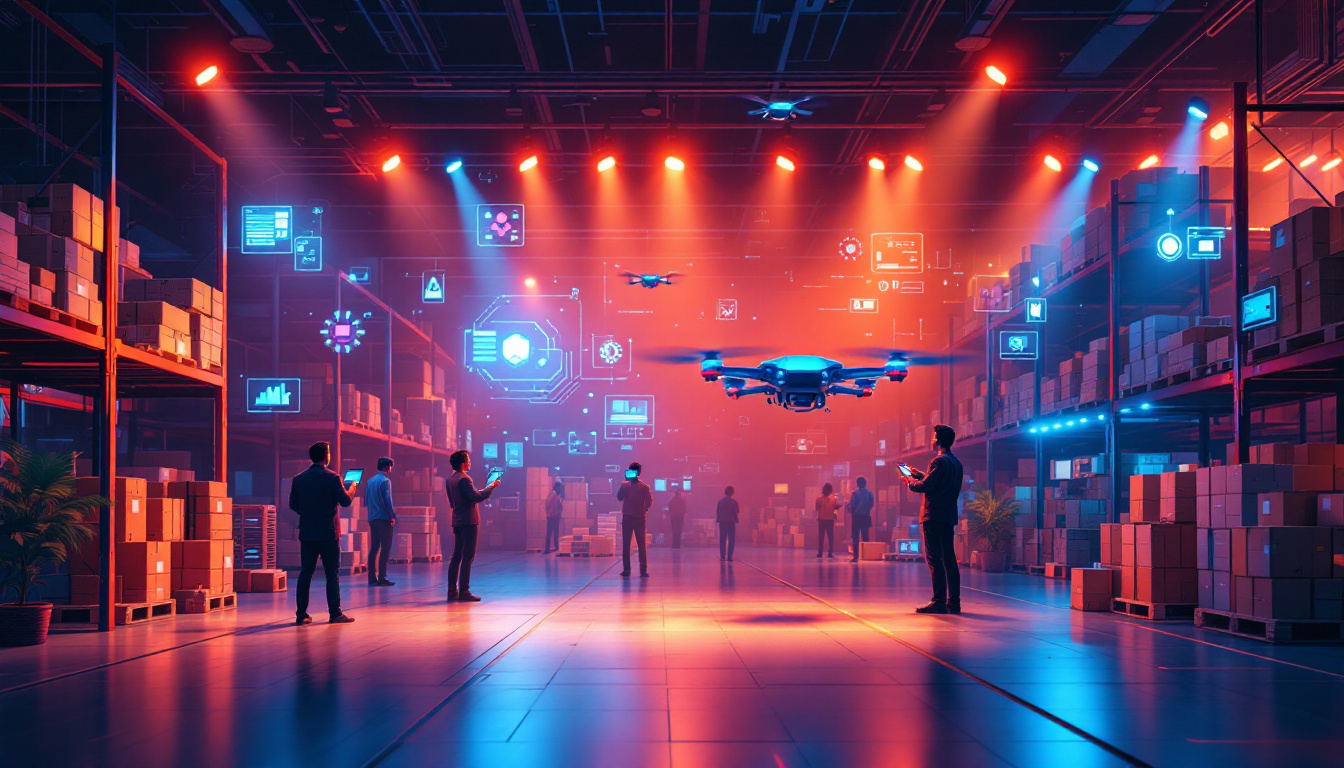Inside the Metaverse: How XR Is Changing Digital Experiences
The metaverse has become a buzzword in the tech world, promising to redefine how we interact, work, and play in digital spaces. At the core of this transformation lies extended reality (XR), an umbrella term encompassing virtual reality (VR), augmented reality (AR), and mixed reality (MR). Together, these technologies are reshaping digital experiences and bridging the gap between the physical and virtual worlds.
What Is the Metaverse?
The metaverse is a collective virtual shared space, created by the convergence of virtually enhanced physical reality and persistent virtual worlds. It’s a digital universe where users can interact with one another and the environment in real-time. Think of it as a combination of social media, gaming, and immersive experiences, all rolled into one interconnected ecosystem.
The Role of XR in the Metaverse
XR technologies are the backbone of the metaverse, enabling users to immerse themselves in these digital environments. Here’s how XR is transforming the way we experience the metaverse:
- Virtual Reality (VR): VR creates fully immersive digital environments, allowing users to step into a completely virtual world using headsets like the Oculus Quest or HTC Vive.
- Augmented Reality (AR): AR overlays digital elements onto the real world, enhancing our physical surroundings with interactive content. Popular examples include AR filters on social media platforms and mobile games like Pokémon GO.
- Mixed Reality (MR): MR blends real and virtual environments, enabling users to interact with both physical and digital objects in real-time.
How XR Is Changing Digital Experiences
XR technologies are driving innovation across industries, from entertainment to education. Here are some key areas where XR is making an impact:
1. Gaming and Entertainment
Gaming is at the forefront of XR adoption. The metaverse offers players immersive experiences, allowing them to explore vast virtual worlds, socialize with other players, and even earn digital assets. Platforms like Roblox and Fortnite are already integrating XR technologies to enhance gameplay.
2. Remote Work and Collaboration
With the rise of remote work, XR solutions are enabling virtual meetings and collaborative workspaces. Tools like Spatial and Microsoft Mesh allow teams to connect in 3D environments, making remote collaboration feel more natural and interactive.
3. Education and Training
XR is revolutionizing education by offering immersive learning environments. Students can explore historical sites, conduct virtual science experiments, or practice medical procedures in a safe, controlled setting. This hands-on approach enhances understanding and retention.
4. Retail and E-Commerce
XR is changing the way we shop. AR tools allow customers to visualize products in their own spaces before making a purchase, while VR enables virtual store visits. Brands like IKEA and Sephora are already leveraging these technologies to enhance the customer experience.
5. Healthcare
In the healthcare sector, XR is being used for everything from surgical simulations to mental health treatments. VR therapy, for example, is helping patients manage anxiety, PTSD, and phobias by exposing them to controlled virtual environments.
Challenges and Future of XR in the Metaverse
While XR holds immense potential, there are challenges to overcome, including high development costs, hardware accessibility, and concerns about privacy and security. However, as technology advances and becomes more affordable, the adoption of XR in the metaverse is expected to grow exponentially.
The future of the metaverse lies in its ability to provide seamless, inclusive, and scalable digital experiences. With XR at its core, the possibilities are endless.
FAQs
What is the difference between VR, AR, and MR?
VR creates entirely virtual environments, AR overlays digital elements on the real world, and MR blends physical and virtual elements, allowing interaction between the two.
How can I access the metaverse?
Accessing the metaverse typically requires a combination of XR hardware, such as VR headsets or AR-enabled devices, and a platform like Decentraland, Roblox, or Horizon Worlds.
Is XR technology expensive?
While XR hardware and development can be costly, prices are gradually decreasing as the technology becomes more mainstream and accessible.
Conclusion
Extended reality is revolutionizing the metaverse, opening up new ways to interact with digital spaces. From gaming and education to healthcare and retail, the integration of XR is redefining how we experience the digital world. As technology continues to evolve, the line between the physical and virtual will blur, creating a future filled with endless possibilities.



